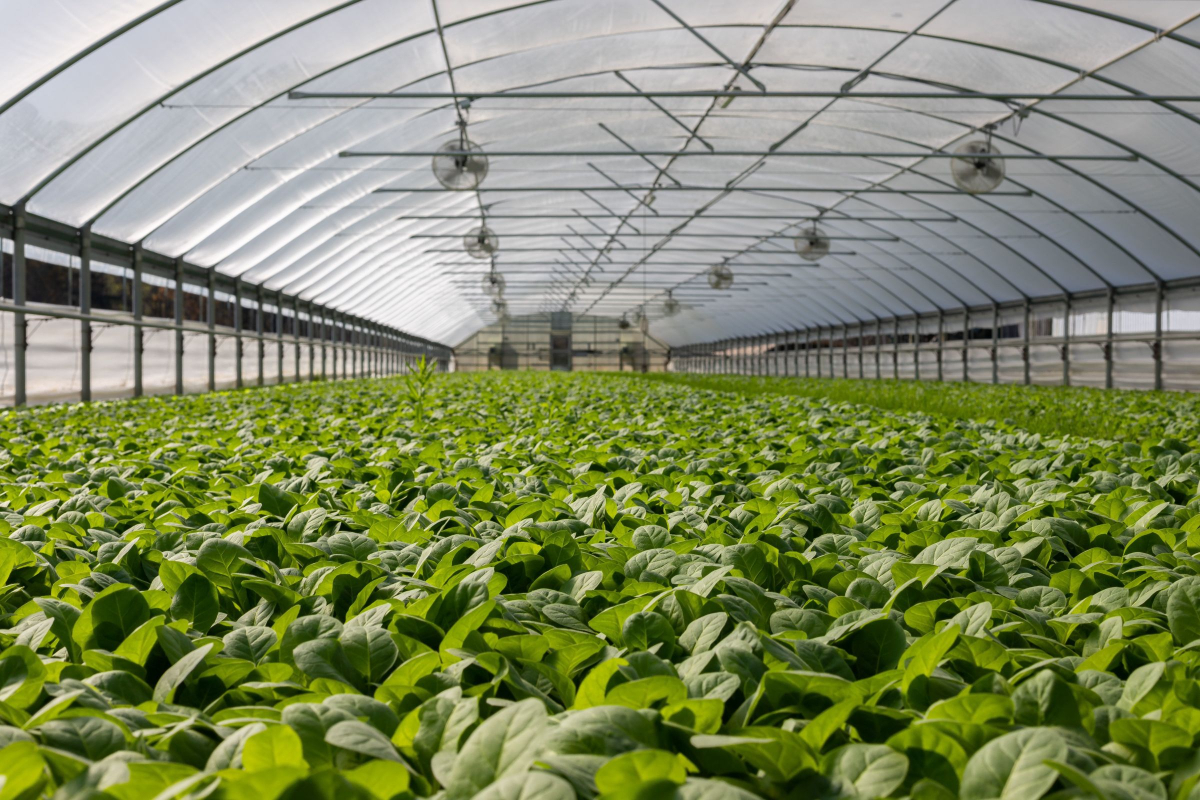RealtimeCampaign.com Explains Why a Light Deprivation Greenhouse for Food Production Is Gaining in Popularity
Light deprivation greenhouses have long been a favorite in the industrial growth of marijuana. Growers realize that each type of cannabis has specific light needs. When those needs can be tailored to precisely fit a crop, the maximal yield is achieved. That yield turns into profits, and since these greenhouses are highly automated, labor cost reductions occur as well. How does light deprivation work, and why is it becoming so popular?
Understanding Light Deprivation Technology
Greenhouses that can control the amount of light entering the facility or extend the length of time light shines on plants use plastics made by companies such as Pro-Tect Plastics. The basics are well understood. These plastic films use white on one side of a panel and black on the other. The two colors control light and heat by either absorbing or reflecting the sunlight pouring onto the exterior of the greenhouse. When these two factors are well managed, crop yields increase. A reduction in labor needs results because this process can be highly automated.
Marijuana growers employ this method at record rates as the laws governing this crop’s use and sales have changed. A variety of marijuana plant types are grown within a single warehouse, and growers have learned many of the best methods leading towards success. Small food producers are taking note, and local farms are increasingly adopting the technology to provide food to their clients for more extended periods during the year.
Why Are Local Food Producers Opting for Light Deprivation Greenhouses?
Consumers want locally grown food. And, according to realtimecampaign.com, when a company focuses on the customer experience, those customers are satisfied at higher rates. Since food production can be increased in one of these greenhouses, and the ability to produce food lasts longer in the year, food producers can keep their customers satisfied, grow their customer base by producing more food, and produce it at an affordable price. That’s a good business strategy.
Facilities providing locally grown food to schools have a big problem. They require high-volume production to feed many hungry children the healthy food their parents crave. More schools are teaching children about gardening and farming by installing on-site gardens in the playgrounds. To meet the demand sustainably, these local food producers must find a more efficient way to farm.
Making Choices
Since some plants do better than others, farmers pick and choose which food types to include in their greenhouses. Herbs such as basil thrive inside, while tomatoes, carrots, and peas reach for the light to produce bounteous yields. Some foods can even be grown through winter. Kale and other hardy greens provide essential sources of nutrients during the cold weather season.
Light deprivation greenhouses are changing the way that local food production happens. The technology is simple at its core and lends itself well to high levels of automation. That simplicity drives profits for small businesses seeking to provide schools and other customers with healthy alternatives to food that’s been stored and shipped for many days before it reaches the table. Technology is changing not only how we live, but how we eat.
Media Contact
Company Name: Realtimecampaign.com
Contact Person: Rose Mary
Email: Send Email
Phone: 407-875-1833
Country: United States
Website: Realtimecampaign.com



